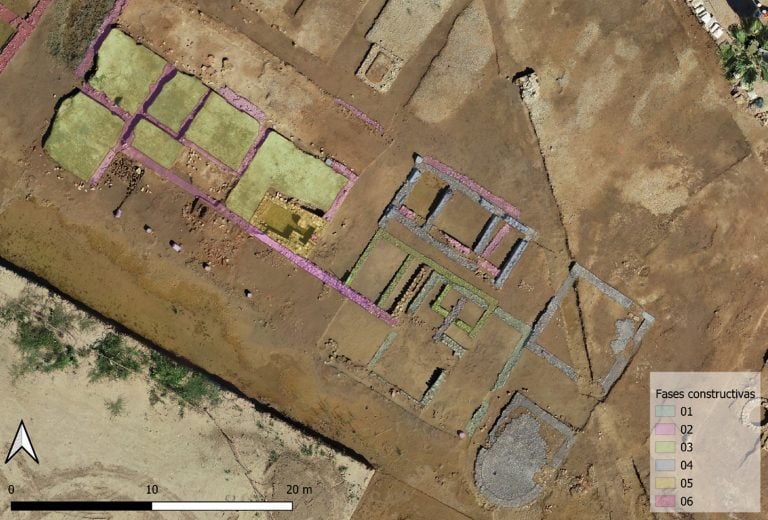A groundbreaking discovery by a team of scientists from Oak Ridge National Laboratory (ORNL) and the University of Illinois Urbana-Champaign has identified a gene that can significantly enhance photosynthesis and growth in plants. The gene, called Booster, has been found to increase plant growth by up to 200% in controlled conditions and 30% in field conditions.
The Discovery
The Booster gene was discovered in poplar trees, a key bioenergy resource, and has been found to play a crucial role in photosynthesis. The gene contains sequences from three originally separated genes and has been preserved in poplar with minimal changes over evolutionary time.
How it Works
The Booster gene works by increasing the amount of Rubisco, a protein essential to photosynthesis, in plants. Rubisco captures carbon dioxide from the atmosphere, converting it into glucose, the building block for cellulose, starch, and other macromolecules related to food and fuel production.
Breakthrough Implications
The discovery of the Booster gene has significant implications for agriculture and bioenergy production. If applied to other crops, the gene could potentially increase yields without requiring more land, water, or fertilizer. This could help address food scarcity around the world and support a robust bioeconomy.
Agricultural Potential
The Booster gene has been found to work in other plants, including Arabidopsis, a small flowering plant commonly used in scientific research. When inserted into Arabidopsis, the gene resulted in a similar increase in biomass and a 50% increase in seed production.
Sustainable Bioenergy
The discovery of the Booster gene is a significant step towards developing sustainable bioenergy solutions. By increasing bioenergy crop yields without requiring more resources, the gene could help meet rising demand for liquid biofuels for hard-to-electrify sectors such as aviation and shipping.
Conclusion
The discovery of the Booster gene is a groundbreaking breakthrough in plant biotechnology. With its potential to increase plant growth and boost photosynthesis, the gene could have a significant impact on agriculture and bioenergy production. As researchers continue to explore the possibilities of the Booster gene, it is clear that this discovery could be a game-changer for sustainable food and energy production.









